Blog
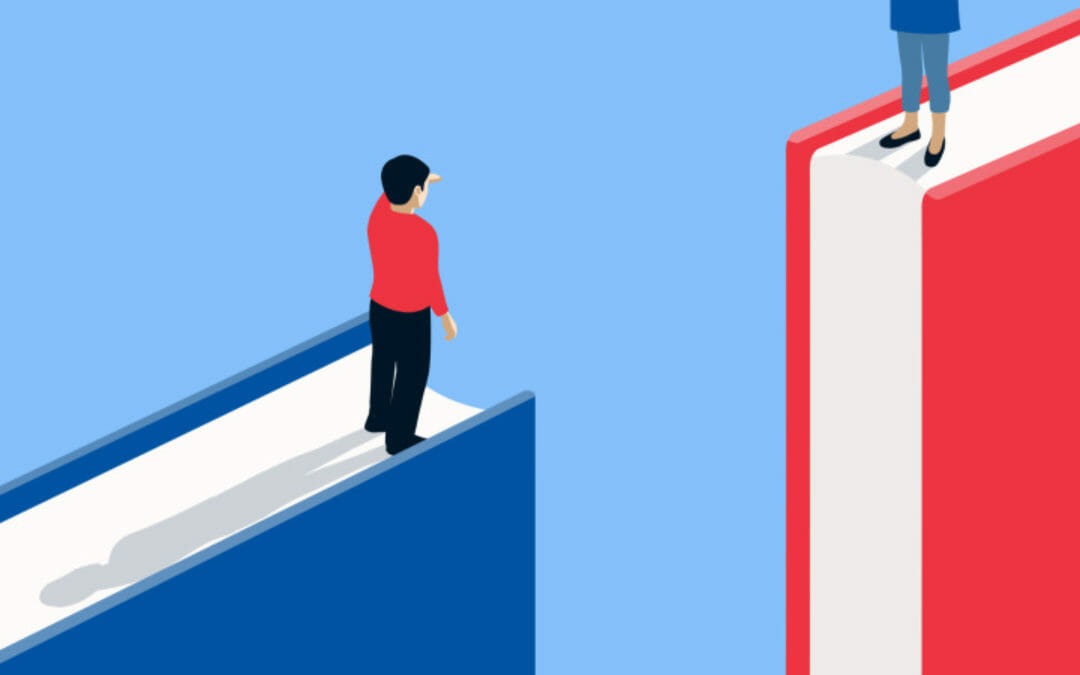
Non-Business Books to Improve Your Brain and Brand
When I worked in a bookstore, I would often help young businesspeople find the books their bosses wanted them to read. This assignment was to help them expand their thinking, get a new perspective, and stand out from the crowd. But invariably, they would always ask for “How to Win Friends and Influence People,” “The 7 Habits of Highly Effective People,” or if they were in sales, “The Art of War.” To be clear, there’s nothing wrong with these titles! But in the words of Haruki Murakami, “If you only read the books that everyone else is reading, you can only think what everyone else is...
Read more >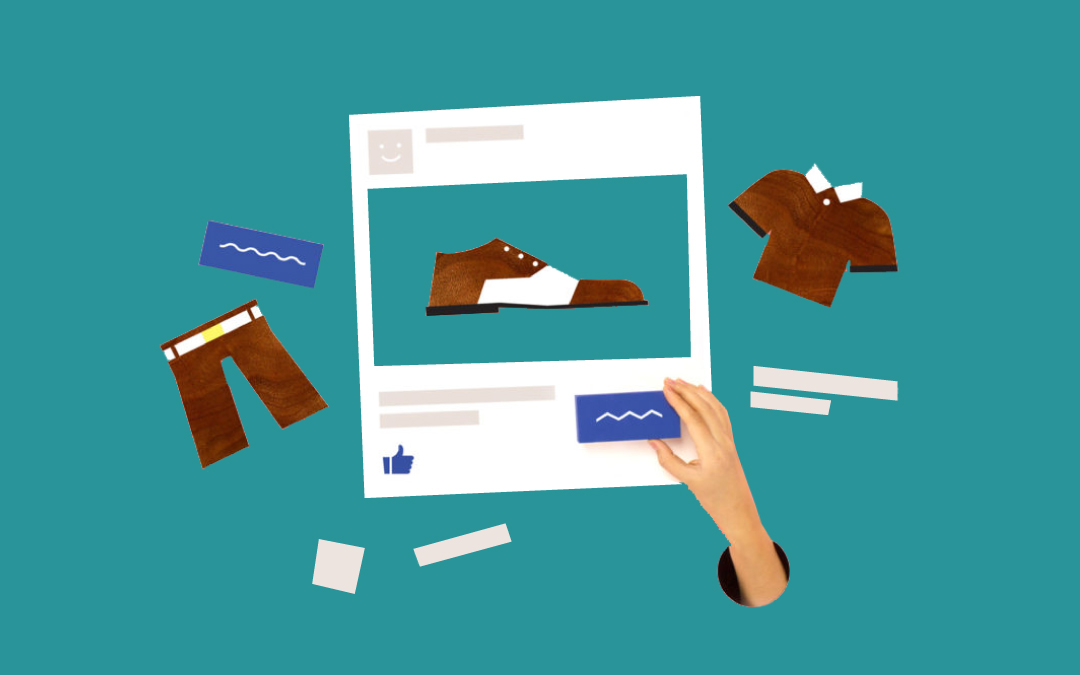
User-Generated Content and Why You Want to Be a Usage Brand Today
Are Users the New Billboards? Historically, brands relied heavily on marketing and advertising to drive awareness and engagement with products and services. But in an era of general mistrust of big corporations, ever-heightening consumer expectations, and a no-bullshit view on unsubstantiated claims, even a killer ad might not be enough to drive your brand forward. That’s why smart and strategic brands realize its customers have the potential to be the biggest trust, credibility, and value builders (or destroyers) out there. And that nailing brand experience today means tapping into the...
Read more >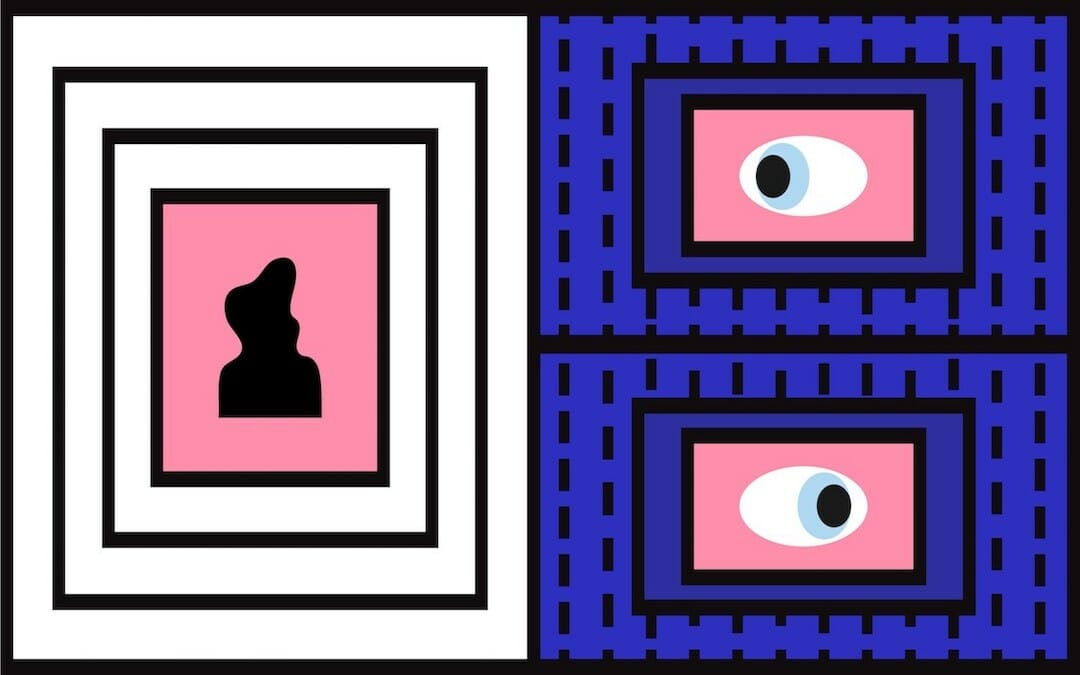
Is Revenue Hiding in Plain Sight? Six Steps to Refocusing on the Customer
Leading a B2B organization is a lot like trying to change the wheels on a bike while you’re still riding it. Half of the time, you’re rethinking internal systems and how to assemble them in new ways. The other half, you’re just trying to keep the business running and avoid any major potholes. There are many different ways to drive an organization, but if you’re not thinking about customer experience at every touchpoint, it might be time for a tune-up. Sales, Engineering, or Marketing? If you’re a sales-led organization, you’re primarily focused on revenue, deals, price, and...
Read more >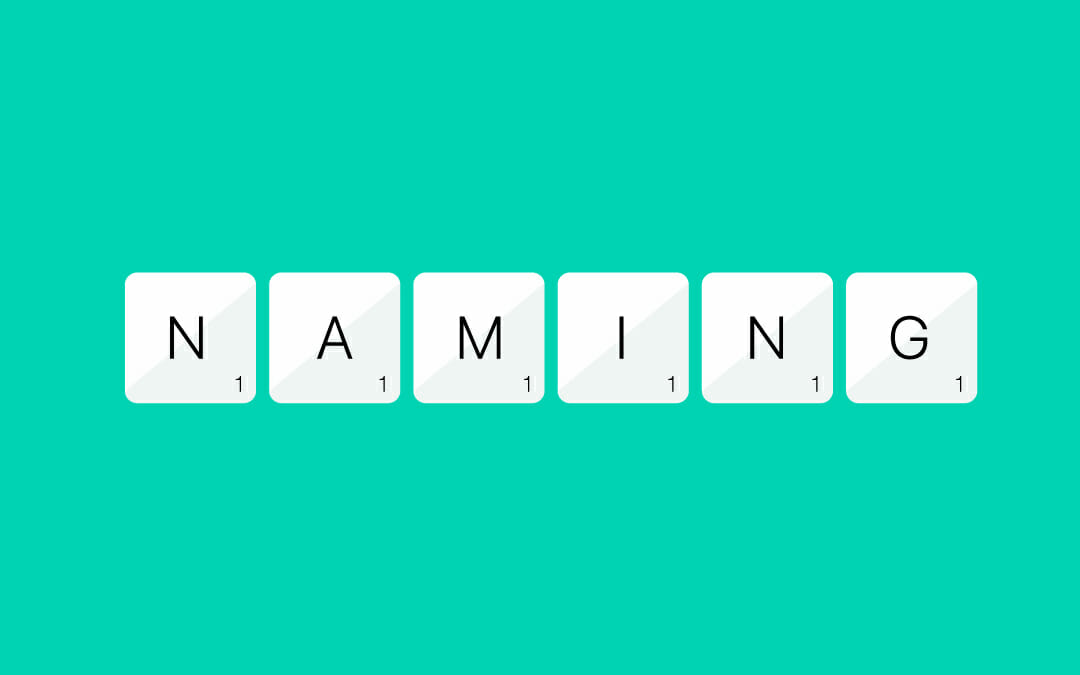
What’s in a Name? An Interview With a Brand Naming Expert
Anthony Shore names things. For 25 years, he has wielded his linguistics and varied marketing background to introduce more than 200 product and company names to the world. Even if you don’t know him from this New York Times Magazine article, you’ve probably come across his work: Fitbit Ionic, Virgin Voyages, and Jaunt to name just a few. From novel descriptors to taglines and slogans, Shore specializes in succinct, inspired brand expressions of six words or fewer. As one of the world’s foremost naming experts, we’re thrilled to partner with him. Today, we sit down with Shore to discuss...
Read more >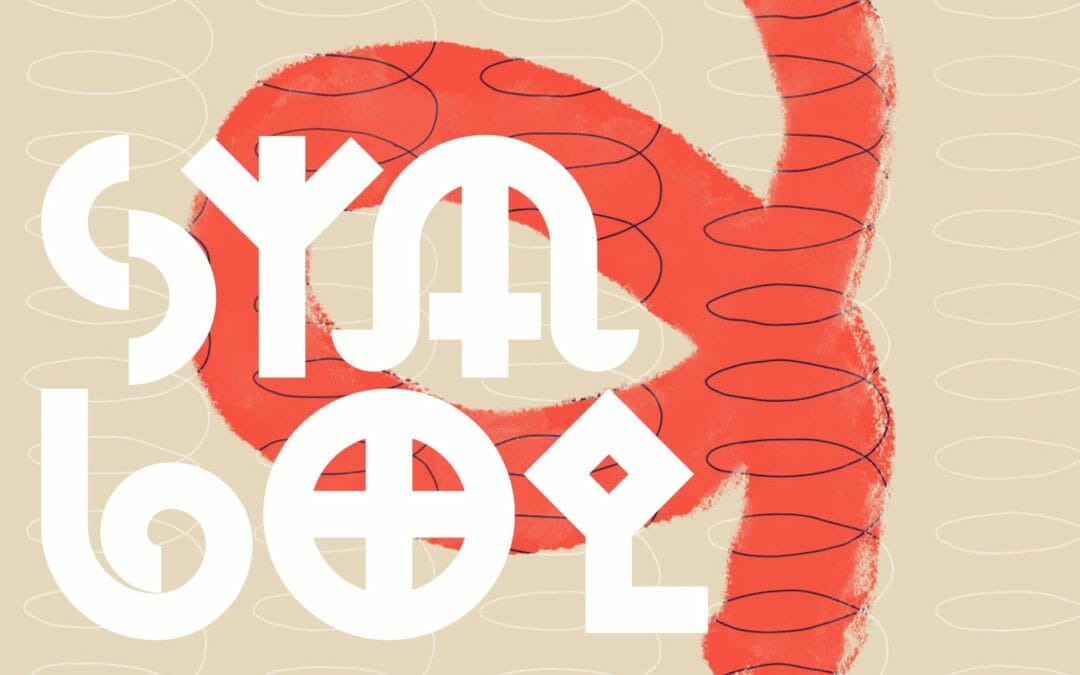
Introducing the Art of Symbols: How Ancient Symbols Inform Brand Design
After successfully completing the #100DayProject, Emotive Brand is thrilled to launch the Art of Symbols, a website exploring how ancient symbols inform contemporary brand design. Check it out! The Art of Symbols As previously discussed, the 100DayProject is a free art project started by Lindsay Thomson that takes place online. Every spring, thousands of people all around the world commit to 100 days of exploring their creativity. “It’s a lot to commit to, 100 variations on a theme,” said Jonathan Haggard, Senior Designer. “Just like creating anything, the first 90 are the expected and...
Read more >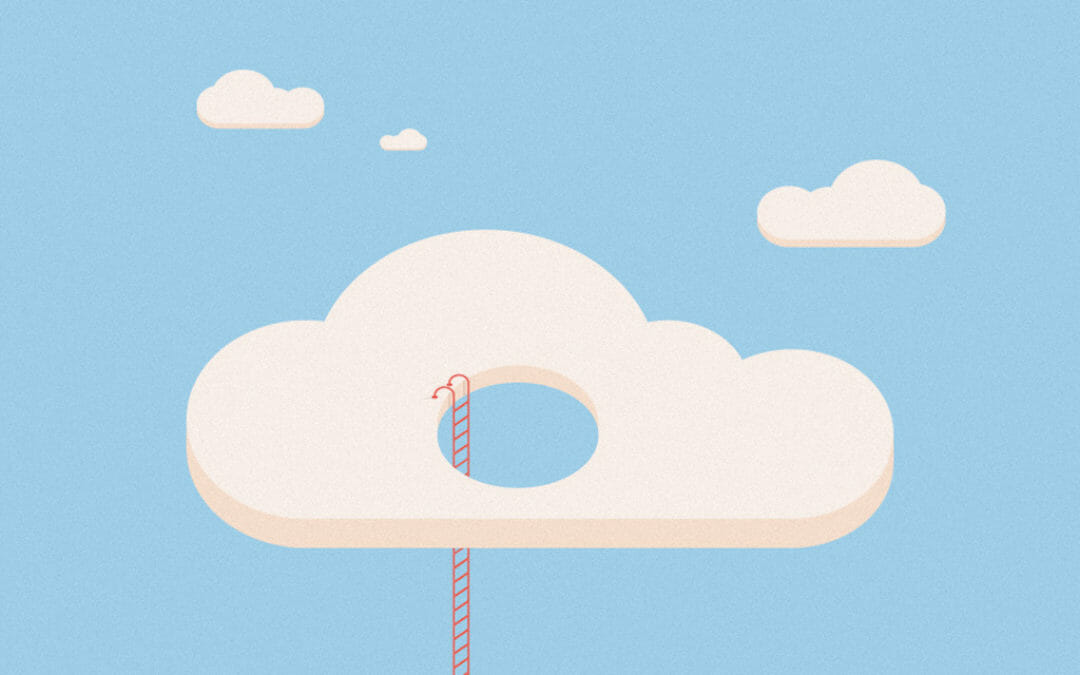
This Is Not Another Blog Post: The Power of Differentiation
Somewhere in a humid conference room right now, someone is adding the phrase “disrupt the status quo” to a bulleted list titled “our values.” Can you smell the whiteboard marker? Can you hear the crackled audio of the one remote employee dialing in to suggest that we “shatter the status quo,” since the word “disrupt” is so overdone? I’ve been there, you’ve been there, you might be there right now. One thing we all know deep down as we finish our third coffee of the morning: this is not how you differentiate your business, brand, or culture in a meaningful way. You can’t just say, “I’m not...
Read more >
Why Curiosity Fuels Business Innovation
Where’s the Curiosity? Children thrive on curiosity. People grow up asking questions. Many young children ask “Why?” almost excessively, wanting explanations for everything—unafraid to ask, always curious, and fiercely inquisitive. Why? They are in a phase of intense learning, absorbing information, and widening their capacity for new information at a rapid pace. But studies have found that curiosity peaks at around age four or five and takes a steady decline from there. As people grow up, they become more self-conscious, more fearful about asking questions, and are increasingly...
Read more >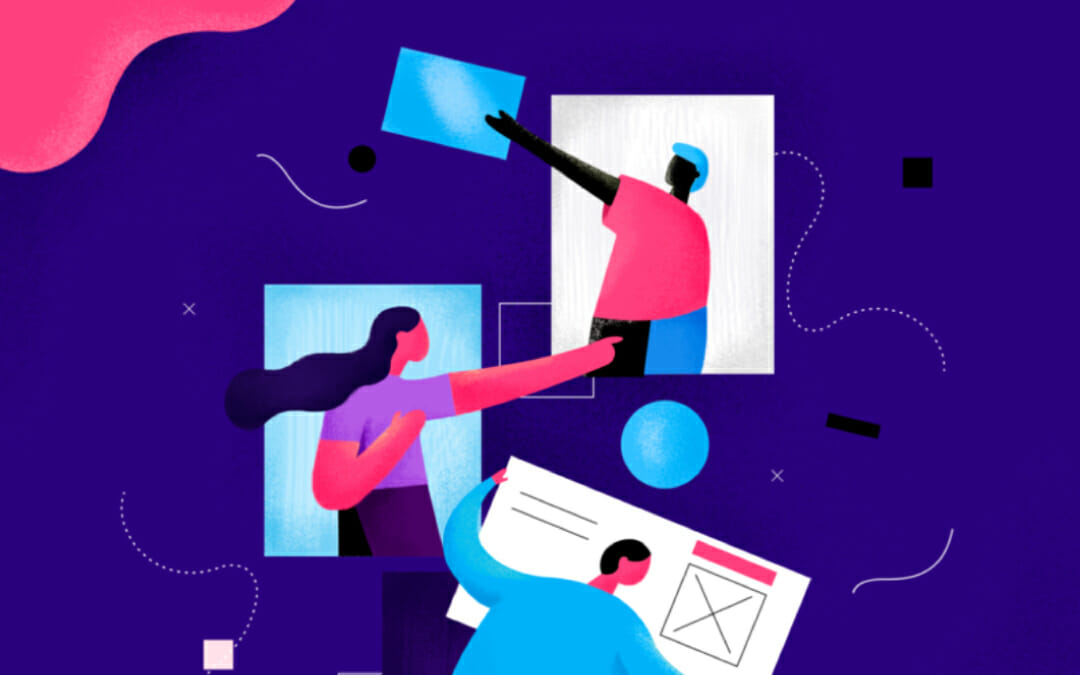
How to Hire the Right Branding Agency
The Business Case for Hiring a Branding Agency In all the years of working with tech companies, we have heard the same story time and time again about the trials and tribulations of VPs and marketing executives trying to secure a budget to invest in hiring a branding agency with limited success. On top of that, how to hire the right agency can be just as confusing. We hear about them making strong and compelling business cases to invest in the brand to leadership teams and hitting a wall. It happens at every budget cycle, management meeting, and discussion around disappointment in growth,...
Read more >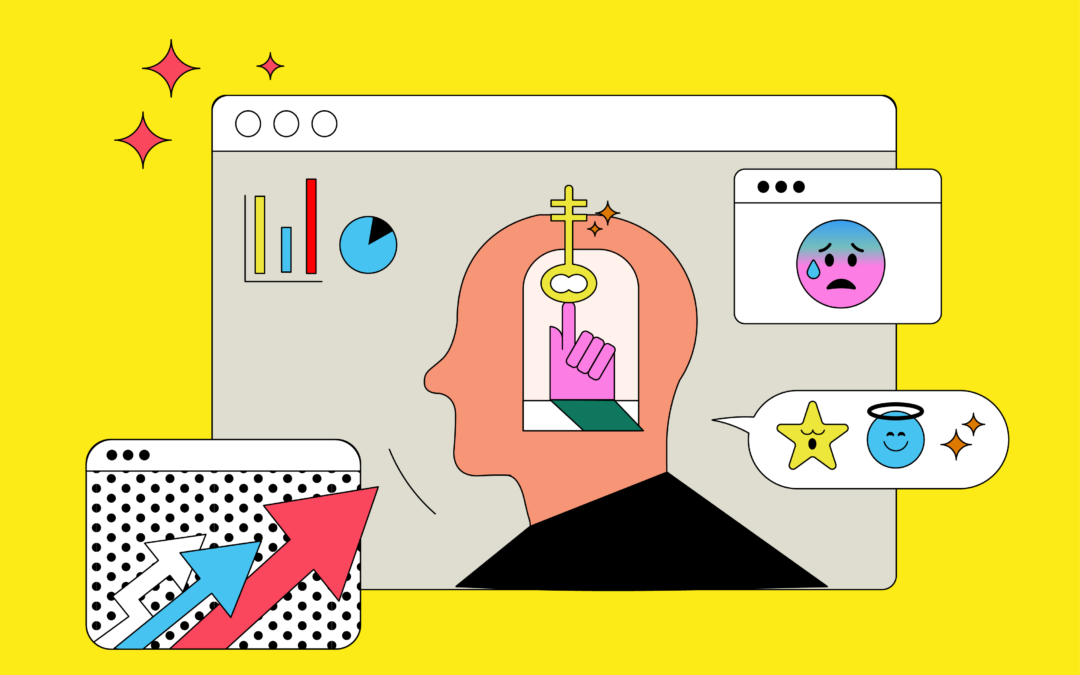
Adopt a Growth Mindset to Drive Business
Growth vs. Fixed Mindset We believe an organization that adopts a growth mindset can position itself to thrive. But what exactly defines a growth mindset? At Emotive Brand, we define a growth mindset as a set of attitudes and behaviors that reflect the belief that an individual’s talent is not set in stone. Talent can be developed. Intelligence can be fostered. Creativity and innovation can be strengthened. Leaders can emerge. People hold potential. This means every employee within an organization has to have the ability to develop, grow, and learn. And organizations who believe this seek...
Read more >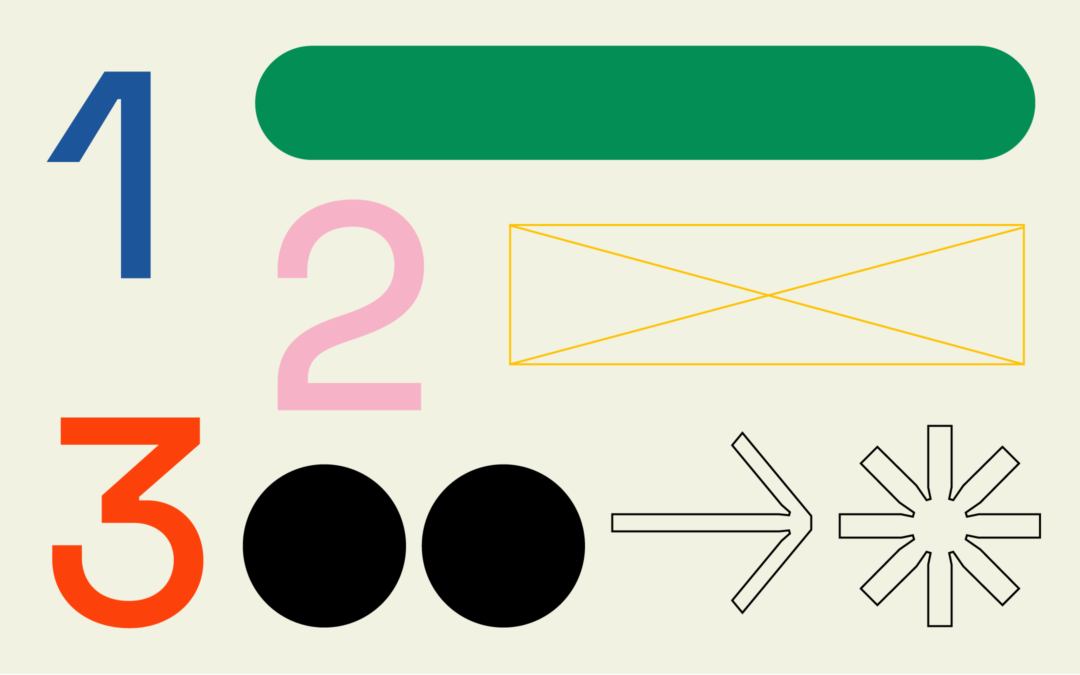
A Designer’s Guide to a Successful First Presentation
Presentation Is Everything The Emotive Brand design team had the pleasure of attending First Round San Francisco, a one-day showcase of original client presentations showing initial design explorations for logo, identity, and branding projects. Twelve different design studios presented on a variety of client projects – everything from a global healthcare non-profit to a menstrual cup company. The crowd was filled with eager designers – some from design studios, others from tech companies, and some freelancers. We’ve gathered a few key takeaways – a checklist of sorts – to make sure all the...
Read more >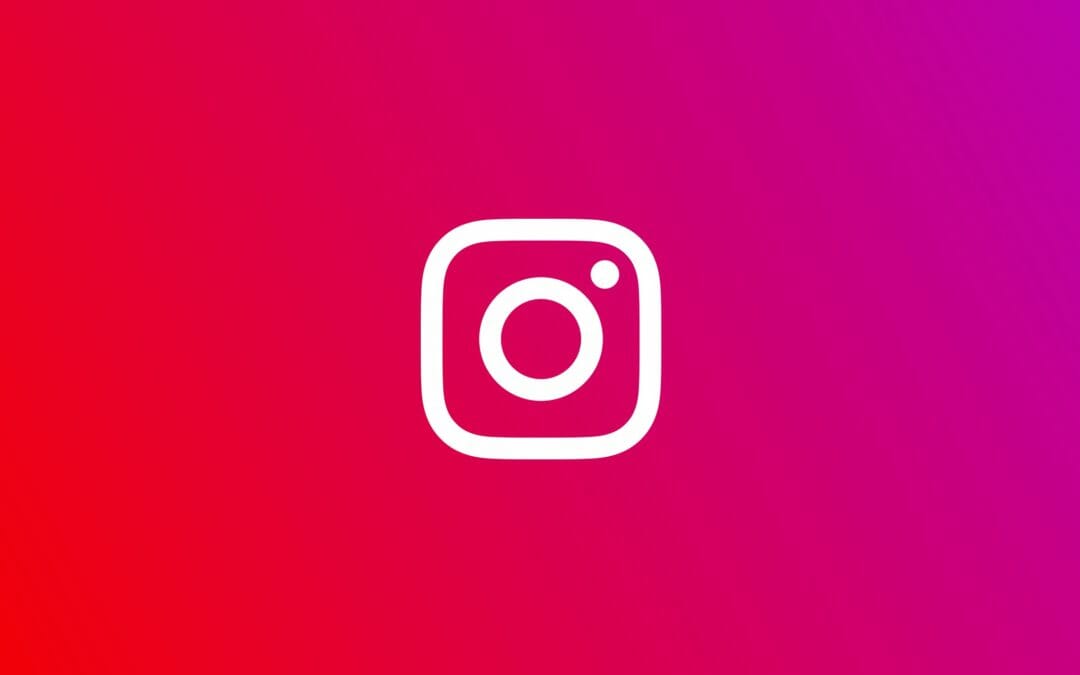
Turn Your Instagram Into a Playground for Experimentation
Instagram is incredible. All in one app, you can feel jealous of other people’s lives, hungry for other people’s food, and intimidated by other people’s makeup routines. When it comes to brand strategy agencies and design studios, Instagram tends to be used for either sharing polished client work or photos of employee’s dogs (equally important). But more and more, we’re seeing studios break out from the norm and utilize the platform as a playground for design experimentation. Turning the web into their own personal focus group, agencies are sharing weird sketches, creative side projects, and...
Read more >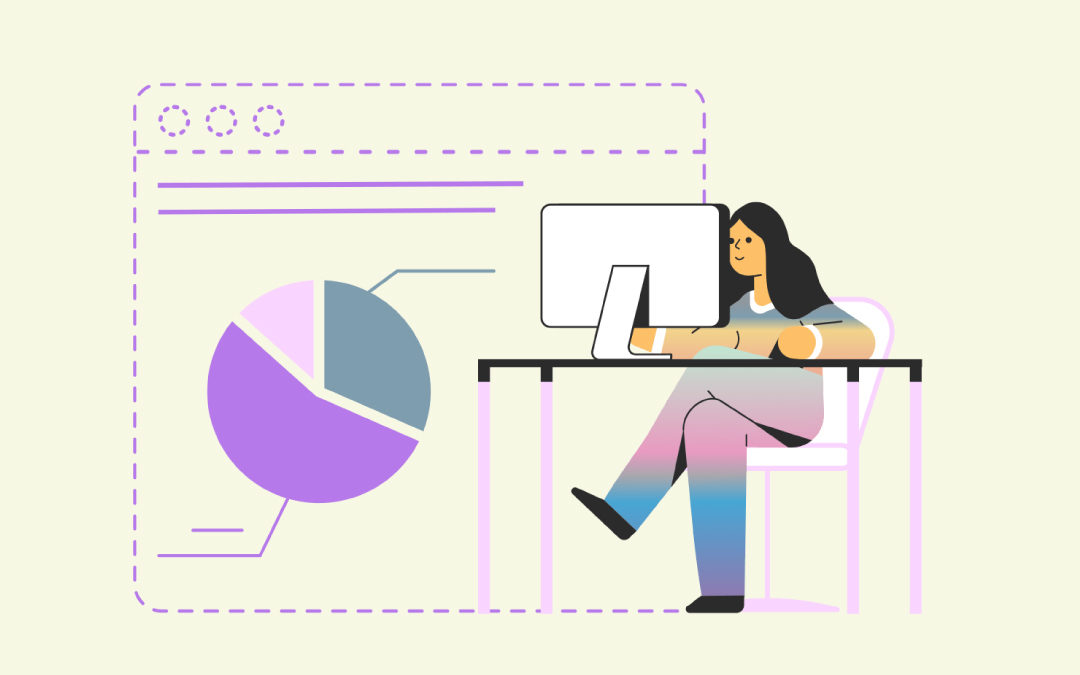
Five Ways a Meaningful “Why” Creates a Compelling Workplace Experience
Our experience shows that many brands have been crafted with only the customer in mind and that the resulting “customer experience” does not in any way parallel the “workplace experience.” As a result, the brand – as it is now articulated – is relatively meaningless internally. We believe every brand has a meaningful “Why” hidden within. This hidden “why” is powerful because it can do as much internally as it can externally. Our job is to dig that out and shed new light on it, all with the ambition of delivering these five benefits. 1. Increase...
Read more >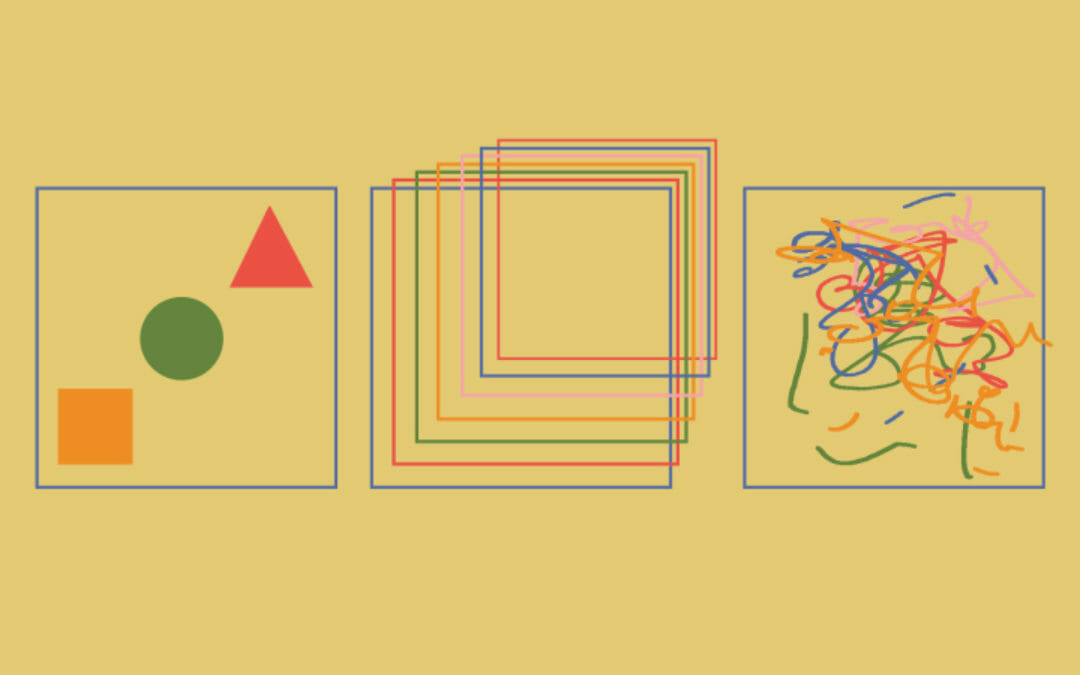
If You Want People to Fill Out Surveys, Make Them Beautiful
Two true things about decision-making in business: 1) You should collect information from all the key stakeholders regarding their thoughts, feelings, hopes, and expectations. 2) People hate filling out surveys about their thoughts, feelings, hopes, and expectations. In an ideal world, there would always be enough time to conduct qualitative data in-person through one-on-one interviews or focus groups. Everyone would feel heard and everyone would have a voice at the table, which would be perfectly reflected in the end product. Unfortunately, we live in this world; the one where you’re...
Read more >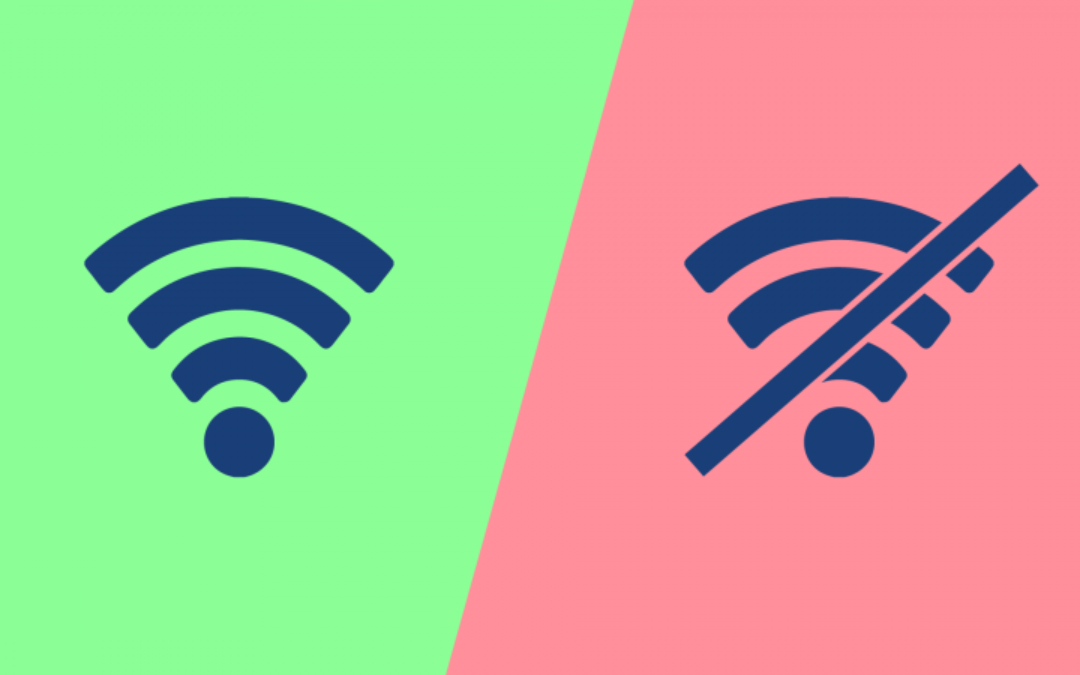
Blurring the Line Between Physical and Digital
What’s better: shopping online or in-person? Short answer: yes. We’re in a new type of era where the spheres between online and off are blurry, interconnected, and strengthen one another. We’re all trying to meet the consumer where they are. If they can interact in both spaces indiscriminately, shouldn’t your brand? “Phygital” is the concept of using technology to bridge the digital world with the physical world with the purpose of providing a unique interactive experience for the user. While the buzzword is relatively new (and awful), many of the technologies required to fuse a...
Read more >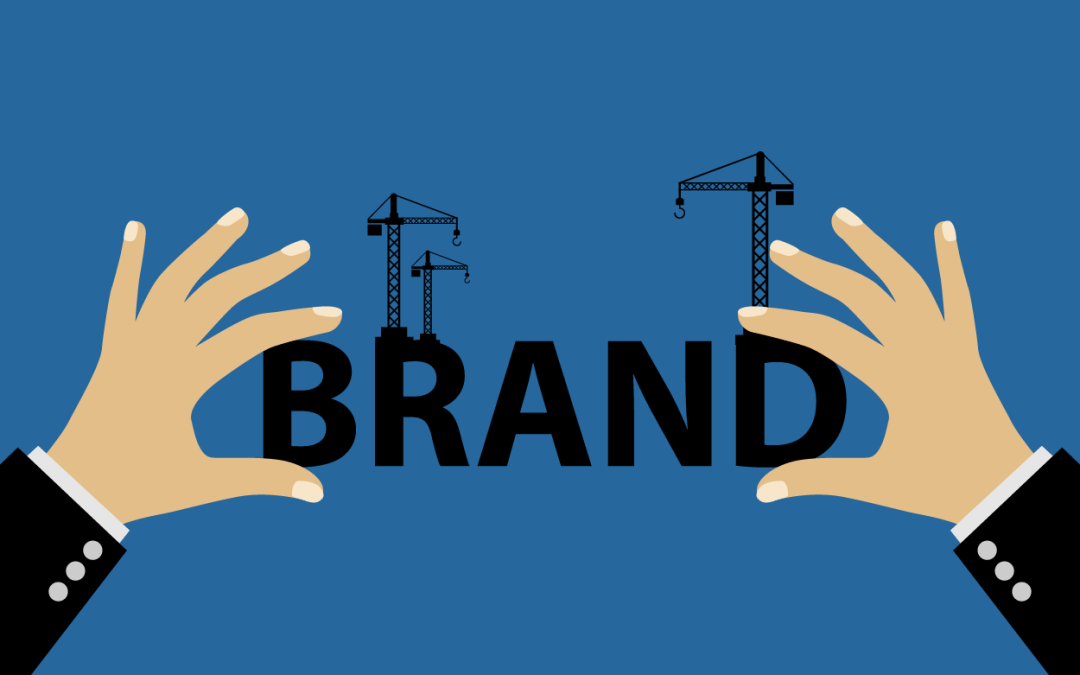
Defining What a Brand Is: Why Is It So Hard?
The History of Brand A lot of people – even those in branding – struggle with answering the question: So what’s a brand, anyway? The term “brand” first emerged more than half a century ago as a way for cattle ranchers to identify their animals. In the late 1880s, packaged goods like Coca-Cola started taking off. Brands were used to differentiate them from the generic competition. But as branding progressed, marketers realized there was more to the brand of Coca-Cola than just a non-generic name. David Ogilvy, the “Father of Advertising,” defined brand as “the intangible sum of a product’s...
Read more >
